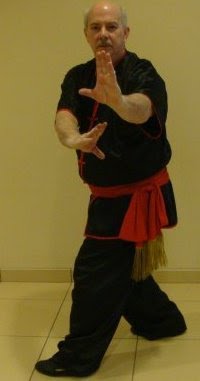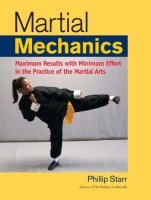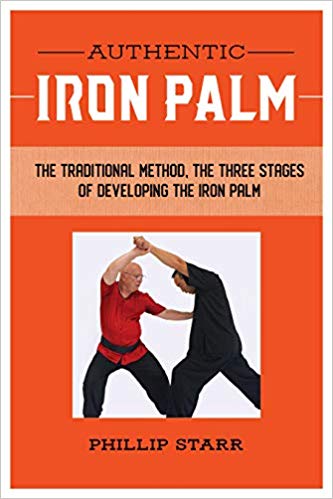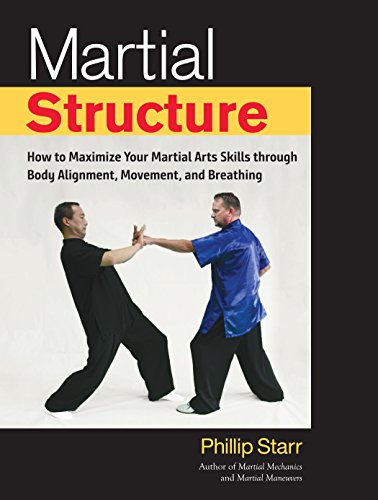;-) I've gots lots of 'em! This one occured to me yesterday as I was teaching class and found myself repeating my teacher's words.
Once a student had learned to perform a number of fundamental techniques
correctly, my teacher emphasized the movement and shifting of the body rather
than the technique. For instance, I recall practicing pengquan (the
basic punching technique of Xingyiquan) with my classmates. It was a
basic technique we'd practiced many times before and we didn't really have to
"think" much about how to do it. We just fired one punch after
another, trying to maximize the striking power of our fists.
Sifu Chen walked over to us and quietly observed our practice for a short
time. That was usually a bad sign and this time was no different.
He held out his fist, pointed at it, and said, "Don't think of power
out here!"
Fine...so
where do we concentrate our power???
Chen then
grasped his belly with both hands and said, "Power is in here!
Concentrate in here! Feel in here!"
I guess we all looked equally confused because Chen sighed (another bad sign)
and walked up to one of my classmates.
"Punch," he said. "Punch strong."
My classmate shot out a punch which I thought was darned sharp. And
strong. Clearly, Chen disagreed because he shook his head and the look on
his face was a bit sour. He looked at his student as if he was a complete
dunce.
"No," Chen said. Grabbing the student's fist and shaking it, he
repeated, "Don't think about power out here!" Then, pointing to
his pupils lower abdomen, he said, "Power comes from here!
Think of the movement in here!"
Even after they have acquired a fair measure of skill with the basic
techniques, many students tend to focus their attention on the striking
weapon/surface during practice. That is, they concentrate on the fist
when they punch or they direct all of their attention on the striking surface
of the foot when they kick. If they've learned the technique properly,
there's really no need for this. It's akin to looking at the accelerator,
brake pedal, and speedometer once you have learned to drive. You
shouldn't need to. You learn to "feel" what you need to do
rather than looking at it.
In executing the various techniques, emphasis is eventually shifted to the body
movement (In Yiliquan this is known as "body action" and there are
eight of them) and feeling it...the technique is executed from there, from the soles of the feet and
the core of the body rather than with the fist or foot.
This is how you learn to gradually "condense" the body's movements,
making them smaller and smaller so that the power which is generated is more
concentrated and hence, more explosive.
If you spread a flammable or explosive substance out over a large surface it
can be very dangerous when it's ignited...but pour it into a small container,
light it up, and see what happens!
You need to pay attention to the pressure in your feet/foot when you execute
your technique. Feel the body action and strive to make it sharper and
faster as you feel how it connects to your feet and legs and waist (and
gua). Feel how they interconnected, how the movement inside your body
originates in the soles of your feet and how it moves up the legs (especially
pay attention to the feeling in your ankles and knees), your waist, back,
shoulders (are they rounded forward properly)....
Feel the movement of your
dantien. Remember, it's like a ball which can turn and roll in any
direction. Learn to control its movement. Don't let it just move
willy-nilly on its own. If you do, your movement will be unbalanced,
sloppy, and uncontrolled.
And this should happen very quickly, like the snapping of a
bullwhip.
Then look at your breathing and how it connects to your
(internal) movement. It's not just a noise. It's much more
than just exhaling so much air. It's concentrated power!
Don't concern yourself with your striking knuckles, the ball of your foot, or
whatever. Those are just the surfaces that happen to make contact with
your target. If you focus your mind on these things, you'll likely
"overpower" your technique, making it top-heavy (and thus, unstable),
overly-tense and wooden (which kills much of your power), awkward, and even
slow.
Learn to feel what's happening inside. Train to control what's
happening inside. Train just one technique at a time, over and over until you get
the feel of it...inside.














